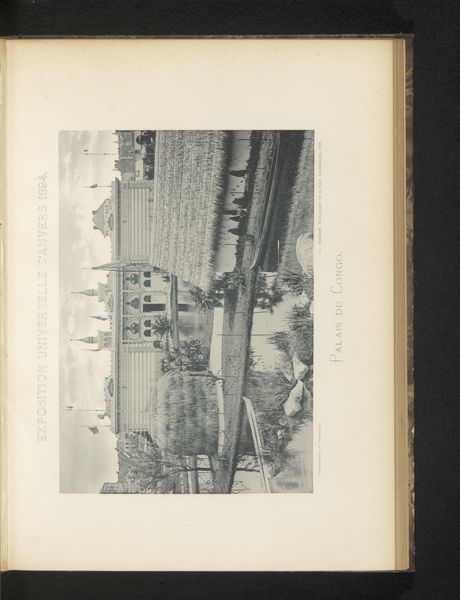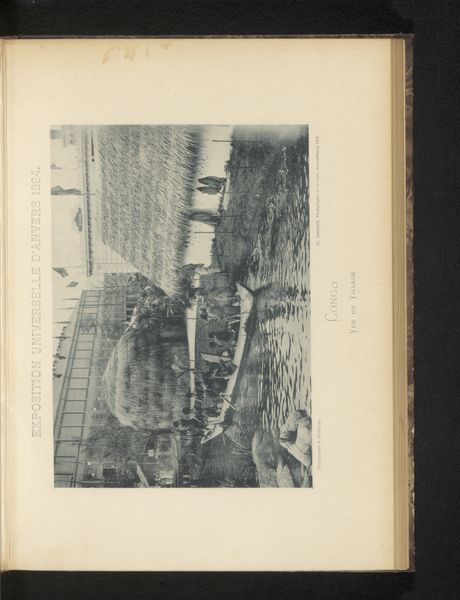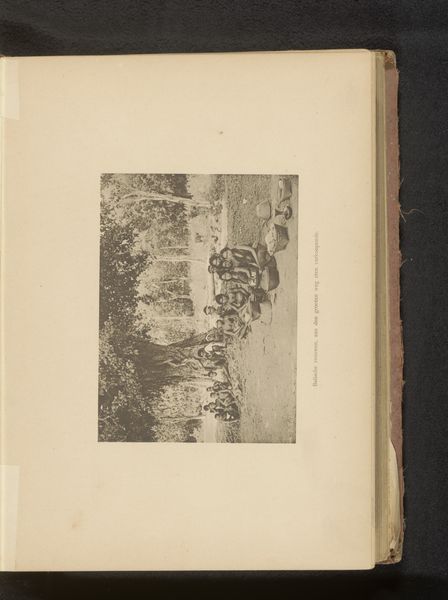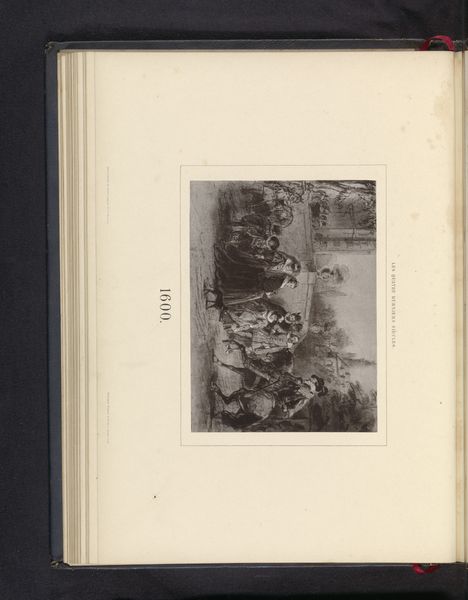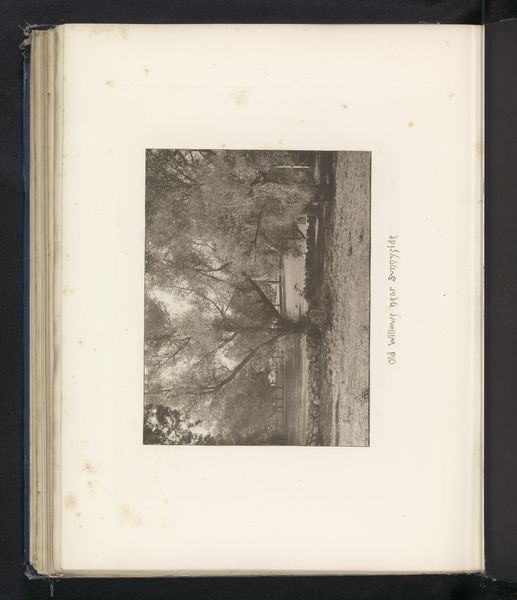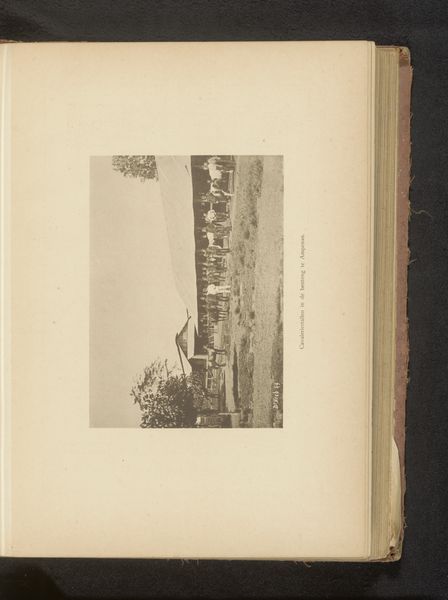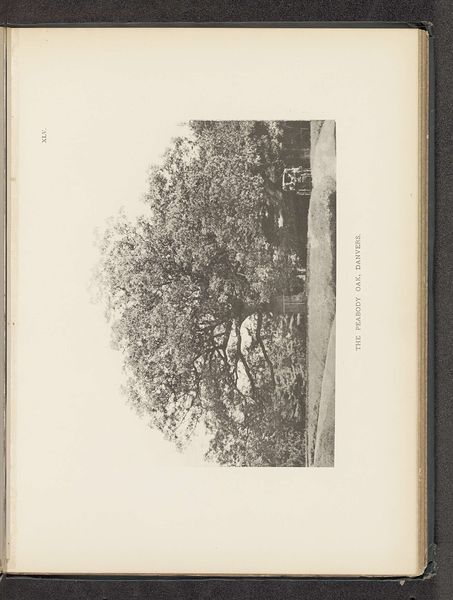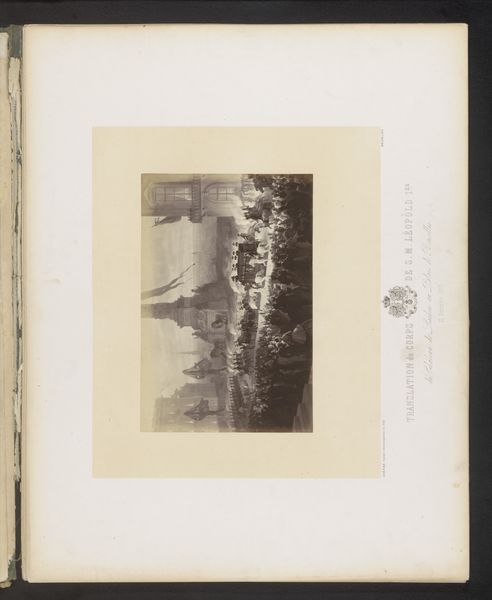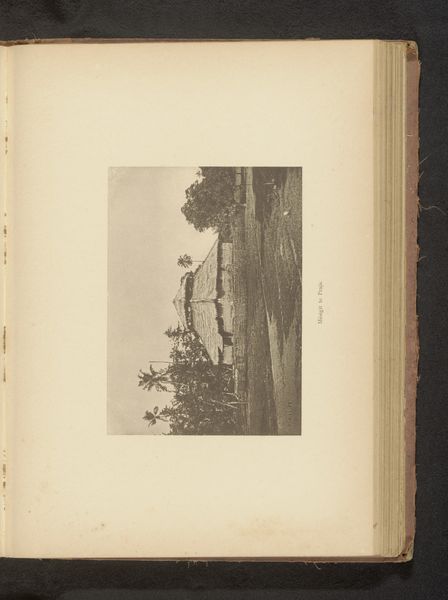
photography, gelatin-silver-print
#
landscape
#
photography
#
child
#
gelatin-silver-print
#
genre-painting
Dimensions: height 115 mm, width 158 mm
Copyright: Rijks Museum: Open Domain
Editor: This photograph, “Vrouw en twee kinderen voeren eenden,” or “Woman and two children feeding ducks,” is a gelatin silver print from before 1896, attributed to Ralph W. Robinson. I’m struck by how timeless it feels, almost like a scene from a storybook. The darks and lights create a sort of soft nostalgia. What stands out to you as you look at it? Curator: I'm immediately drawn to the symbology inherent in the act of feeding. It echoes motifs found across various cultures – the offering, the nurturing, a cyclical harmony between humans and nature. Robinson presents this genre scene within the well established visual codes of pastoral life that often masked deeper social realities and power dynamics. Does this interplay of simplicity and possible hidden depths resonate with you? Editor: Definitely. There's that immediate idyllic reading, but it makes me wonder what’s not being shown. What was the reality of childhood, or motherhood, at the time? Curator: Exactly! The ducks themselves become a key visual component. Are they merely ducks, or do they also operate symbolically? Consider the duck as a motif – often associated with adaptability, resourcefulness, and, in some traditions, a connection to the spirit world. Is Robinson perhaps subtly hinting at resilience and a complex negotiation with the environment? Editor: I hadn't thought of the ducks that way, as symbols of resilience. I was just seeing them as part of a peaceful domestic scene. Curator: That's perfectly valid! But the beauty of images lies in their layered meanings. Robinson’s composition uses light and shadow not just to depict a scene, but potentially to create a sense of emotional and symbolic depth that rewards deeper contemplation. The thatched roof for instance suggests rural life. Is this an actual scene, or an aspirational depiction, carefully curated to portray a particular vision? Editor: I'm going to have to look at this picture again, now thinking about all these layers and possibilities. Curator: And that's the power of art, isn’t it? To keep us questioning and re-evaluating.
Comments
No comments
Be the first to comment and join the conversation on the ultimate creative platform.

